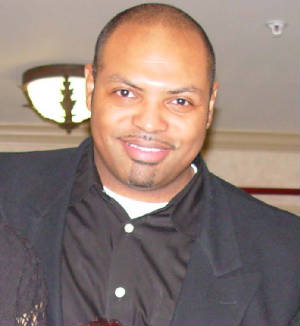I had a meeting with a parolee yesterday. I’ll omit his name, but he’s been locked up for 10 years, and was convicted in a fairly high profile gang killing.
We talked about a lot of stuff. But one thing I find very interesting is the major change in the prison system that’s been underway for a decade now: gang-associated inmates have been dropping out of gangs in droves and entering protective custody.
Used to be, protective custody was only for child molesters, ex-cops, witnesses and old men. The entire population amounted to a few hundred guys statewide. But in the last decade, gang members, from all the races, including Latinos both northern and southern, have been dropping out in the thousands. (I wrote about this a few years ago. Since then, the SNY phenomenon has continued to expand.)
Prison administrators have had to open up entire yards –800-1000 guys each — not just small wings of prisons, to house all the new PC inmates.
These are called Sensitive Needs Yards — SNYs. Most prisons in the state now have them; one prison, Mule Creek, is entirely PC. The growth population is gang members, as you can see if you ever visit them. (The heads of these guys all have well-known gangs tattooed on them: Avenues, White Fence, Florencia, etc etc. The heads make good reading. If you ever get a visit, check them out.)
Many of these guys are just older — late 30s and early 40s — and tired of the gang rat race. Many, too, are fleeing what problems they got into in “active” prison yards (for active gang members), where they may owe someone money for dope or gambling, or they’ve been greenlighted for some infraction that is real or (often) imagined by prison gang shotcallers.
This is a huge cultural change for CA’s prisons. I’ve heard stories of guys, years ago, who would rather die that “lock it up” in PC, as it was known. One fellow, greenlighted by the Mexican Mafia, walked an active yard and had the words tattooed on his chest, “I’m Still Here” and lasted a good stretch before they threw him off a tier (that’s the story I heard, anyway). Those days are gone.
Within SNYs now, though, there are new gangs sprouting — the 2-5s, the Independent Riders.
An SNY is of course a step down for a longtime gang member like this parolee, who views it all with a combination of both amusement and disdain, having spent years gang-banging on the street in what he considers to be the gang major leagues. (I can’t really go into why he ended up on an SNY.)
The SNY gangs are “starting because a lot of dudes haven’t never been nowhere,” he said, by which he meant, they haven’t been in any mainline prison population, but go right to an SNY as soon as they enter prison.
Worse, coming from a gang world where race lines were strictly obeyed and apartheid conditions rule at times, the parolee felt the new gangs “initiate anybody – whites, blacks, northerners.” (The parolee is a southerner — a southern California Latino gang member, a Sureno in prison parlance, who’ve had a decades-long war with northern California Latino gang members, Nortenos.) “You got a lot of guys that can’t respect that. I didn’t care for it at all.”
With so many guys on SNYs and active yards always on lockdown, one effect is that prison officials have taken to giving the jobs to SNY inmates, he said, who aren’t locked down so often and thus can leave their cells and do the jobs.
Tattoos, meanwhile, are all the rage on SNYs, by guys, according to the parolee, who want to look the part. “A lot of them never really hit a mainline [prison yard]. [But] now they want to portray that image on the SNY yards. Now they want to feel what they couldn’t on the outside.”
What’s more, he said, the yards now lack the order and control that prison gangs imposed. Snitching is rampant, so is gambling.
“There’s no structure. So many people are doing what they want. Somebody’s going to whack you, and nobody’s going to say anything about it. You don’t have to answer to nobody.”
Just a view from another part of the world.












